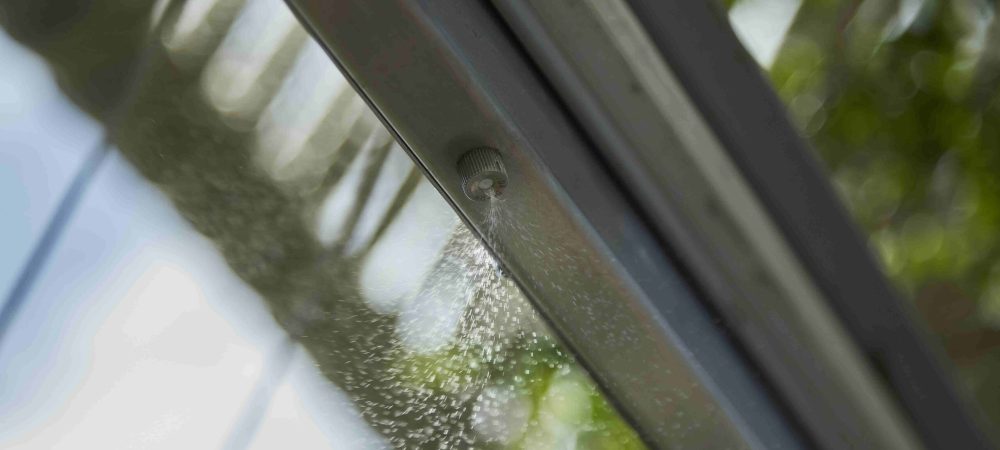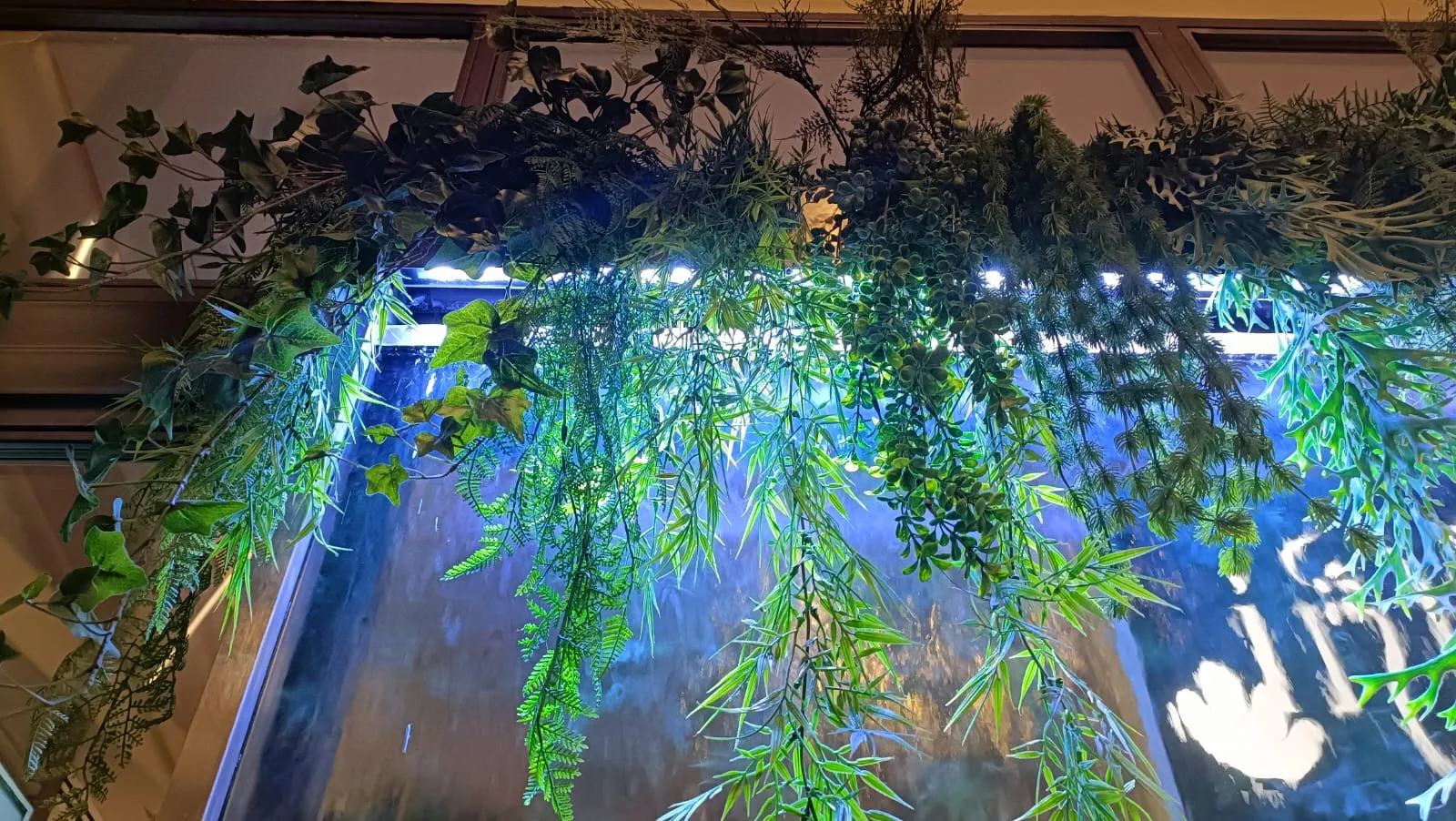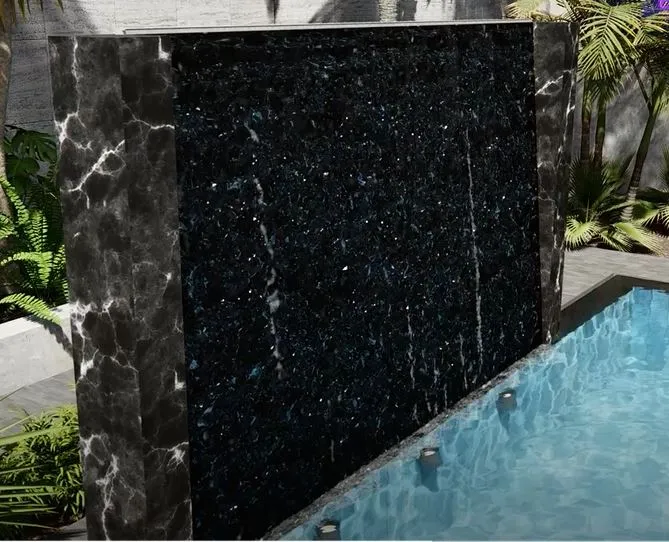Ornamental fountains beautify parks and public spaces, creating a pleasant and refreshing atmosphere. However, their maintenance is crucial to prevent the proliferation of Legionella bacteria, responsible for legionellosis, a disease that can severely affect health. In this article, we explain how to prevent Legionella in ornamental fountains, share good maintenance practices, and show you why we are your best option to keep your installations safe and free from this bacteria.
Legionella is a bacterium that thrives in aquatic environments and is transmitted through the air via aerosols—tiny water droplets suspended in the air. In ornamental fountains, stagnant water, mild temperatures, and lack of maintenance can create the perfect environment for its proliferation. If left unchecked, it can cause outbreaks of legionellosis, a respiratory disease that can be severe, especially for vulnerable individuals.
Best Maintenance Practices to Prevent Legionella
Regular maintenance of ornamental fountains is essential to prevent Legionella. Below are some specific best practices to keep fountains safe:
- Monitoring and Controlling Water Quality:
- Chlorine Levels: Maintaining an adequate level of residual chlorine in the water is fundamental. This disinfectant should be within the recommended parameters (usually between 0.5 and 1 mg/L) to inhibit bacterial growth.
- pH Control: It is essential to keep the water’s pH between 7.2 and 7.6. A pH outside this range can reduce the effectiveness of chlorine and allow bacteria to proliferate.
- Regular Cleaning and Disinfection:
- Surfaces and Pipes: Periodic cleaning of the internal surfaces of the fountain, including walls, pipes, and filters, is necessary to remove sediments and biofilms where bacteria can develop.
- Cleaning of Prefilters and Filters: These should be cleaned regularly to avoid the accumulation of organic matter that can serve as food for bacteria.
- Water Circulation and Renewal:
- Prevention of Stagnation: It is crucial to ensure that the fountain water is in constant circulation. Stagnant water is an ideal environment for Legionella development.
- Water Renewal: Regularly renewing the fountain’s water is recommended to maintain its freshness and reduce the possibility of contamination.
- Temperature Control:
- Maintaining Safe Temperatures: Legionella proliferates in water that is between 25°C and 45°C. Keeping the water temperature below 20°C can help prevent its development.
- Application of Chemical Treatments:
- Use of Chemicals: We use chemicals like chlorine and pH reducers that help maintain water conditions unfavorable to Legionella development but are safe for the environment. These should be applied following a regular maintenance plan.
- Inspection and Maintenance of Filtration and Pumping Systems:
- Review of Pumps and Filters: Pumps and filtration systems must be reviewed and maintained in optimal condition to ensure a constant flow of water and avoid stagnation.
- Maintenance of Dosing Equipment: It is essential that the systems dosing chlorine and other disinfectants function correctly and are regularly calibrated.
- Legionella Analysis and Monitoring:
- Regular Water Analysis: Regular water analysis is recommended to detect the presence of Legionella and take immediate action if traces of the bacteria are found.
- Continuous Monitoring: A continuous monitoring system can be an excellent tool to control in real-time the levels of chlorine, pH, and the possible presence of Legionella.
At OTB, we are experts in the design, construction, and maintenance of ornamental fountains. We stand out for our commitment to safety and quality. We apply the best maintenance practices and use state-of-the-art technology to ensure that your fountains are always in optimal condition. With our highly trained team and extensive experience in Legionella control, we guarantee safe and risk-free installations.
Choosing us means trusting a service that not only beautifies your spaces but also protects the health of all who enjoy them. We take care of every detail, from regular cleaning to continuous monitoring of water quality, so you don’t have to worry.






